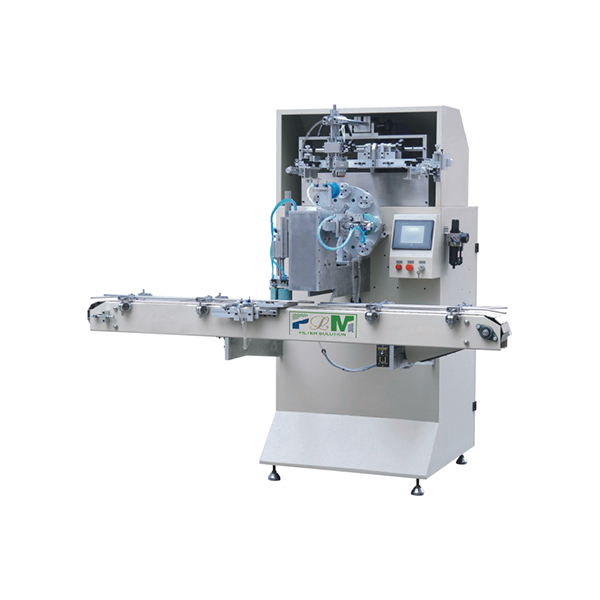Nov . 16, 2024 15:12 Back to list
oem auto air filter materials
Understanding OEM Auto Air Filter Materials
In the automotive industry, Original Equipment Manufacturer (OEM) parts are designed specifically for a vehicle model by its manufacturer. One such crucial component is the auto air filter, which plays a pivotal role in maintaining engine performance and efficiency. This article delves into the materials used in OEM auto air filters and their importance in vehicle maintenance and longevity.
The Importance of Air Filters
Air filters in vehicles serve the primary purpose of preventing contaminants from entering the engine. Dust, dirt, pollen, and other particles can significantly affect engine performance, leading to reduced efficiency, increased fuel consumption, and even potential damage. Therefore, the quality and material of the air filter are crucial.
Common Materials Used in OEM Air Filters
1. Paper Filters The most commonly used material in OEM air filters is cellulose paper. This lightweight, cost-effective material is treated to enhance its durability and filtering capabilities. The layered paper design allows for maximum filtration while ensuring adequate airflow. While paper filters are efficient, they require regular replacement, typically every 12,000 to 15,000 miles, depending on driving conditions.
2. Cotton Filters Some OEM air filters employ cotton as the primary material. Often coated with a sticky substance, cotton filters can trap a significant amount of dirt and particles. They are reusable and can be cleaned and re-oiled, making them a sustainable option for environmentally-conscious consumers. However, proper maintenance is essential for ensuring optimal performance.
oem auto air filter materials

3. Foam Filters Foam air filters utilize a polyurethane foam material that is highly effective at trapping dirt and dust particles. These filters can provide superior airflow compared to paper filters, making them popular in high-performance and off-road vehicles. They require regular cleaning and re-oiling to maintain their filtering efficiency. Although they may not be as widely used as paper filters, they offer unique benefits for specific applications.
4. Synthetic Filters Synthetic air filters are becoming increasingly popular due to their enhanced durability and filtering capabilities. Constructed from advanced synthetic materials, these filters can trap finer particles than traditional paper filters. They are often designed to be more resistant to moisture and can last longer, providing a cost-effective solution over time. However, their initial purchase price may be higher.
5. Composite Filters Some OEM filters combine different materials to optimize performance. Composite filters may use layers of paper, foam, or synthetic materials to achieve a balance between filtration efficiency and airflow. This innovative approach can enhance the filter’s lifespan and effectiveness in various driving conditions.
Conclusion
Choosing the right OEM auto air filter is essential for maintaining your vehicle's performance and longevity. The materials used in these filters—whether paper, cotton, foam, synthetic, or composite—each have their own advantages and suitable applications. Regular maintenance and timely replacement of air filters can lead to improved fuel efficiency, better engine performance, and reduced emissions.
When considering air filters for your vehicle, it’s crucial to refer to the manufacturer's specifications to ensure compatibility and optimal performance. Investing in high-quality OEM air filters not only safeguards your engine but also contributes to a smoother and more efficient driving experience.
-
Premium Active Carbon Air Filter for Air Purifier | Odor & VOC Removal
NewsAug.23,2025
-
Active Carbon Air Filter for Air Purifier - Superior Odor Removal
NewsAug.22,2025
-
Premium Active Carbon Air Filter for Air Purifiers - Odor Removal
NewsAug.21,2025
-
Premium Acrylic-Resin Air Filter Paper in Roll | High Efficiency
NewsAug.19,2025
-
PLAB-6 A B Two Compounds Filter End Cap Gluing Machine-Hebei Filter Man|Precision Gluing,Automated Production
NewsAug.18,2025
-
PLAB-6 A B Two Compounds Filter End Cap Gluing Machine - Hebei Filter Man Automotive Parts Trading Co., Ltd | Adjustable Gluing Parameters, Automated Precision
NewsAug.18,2025
